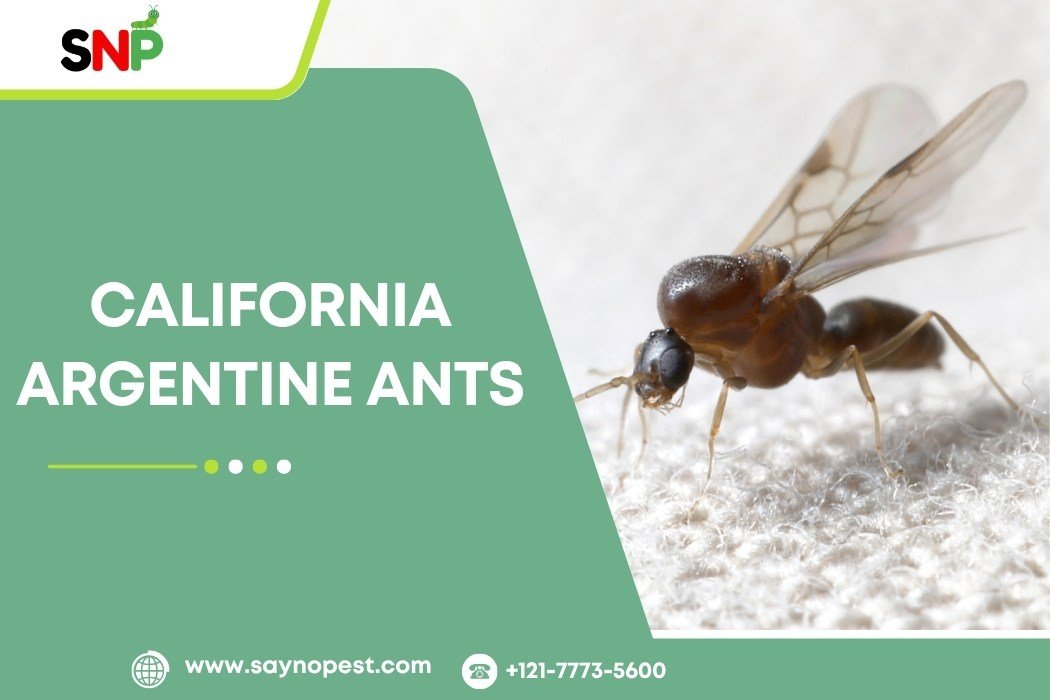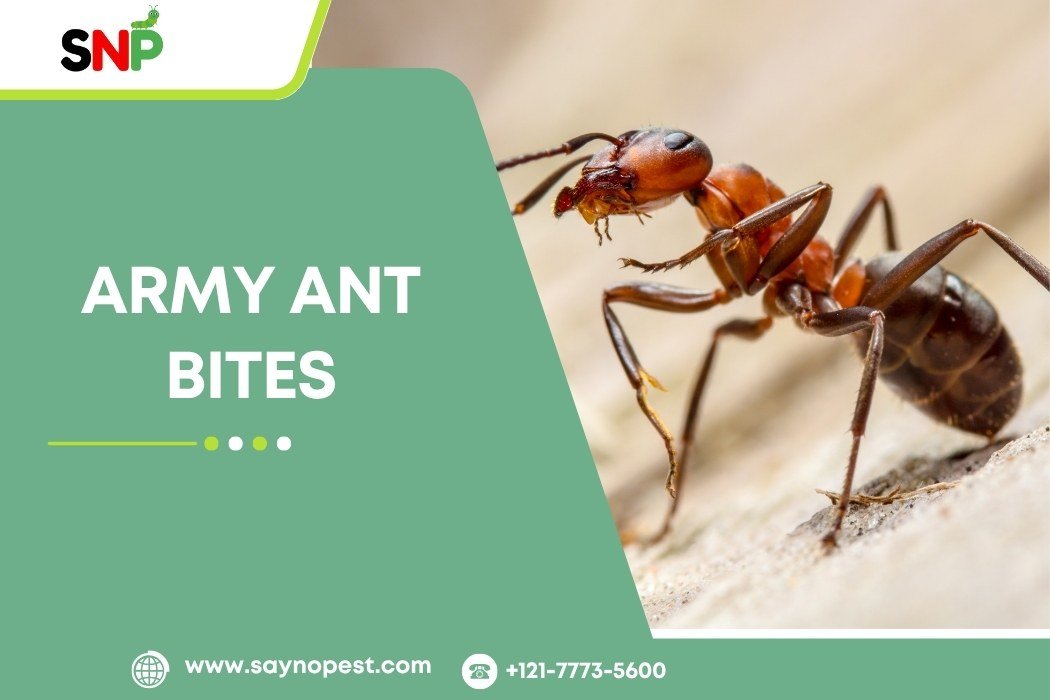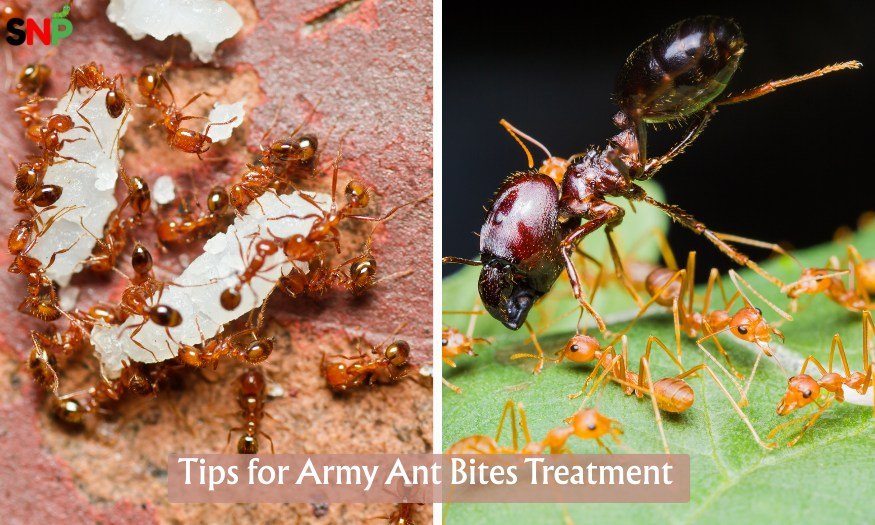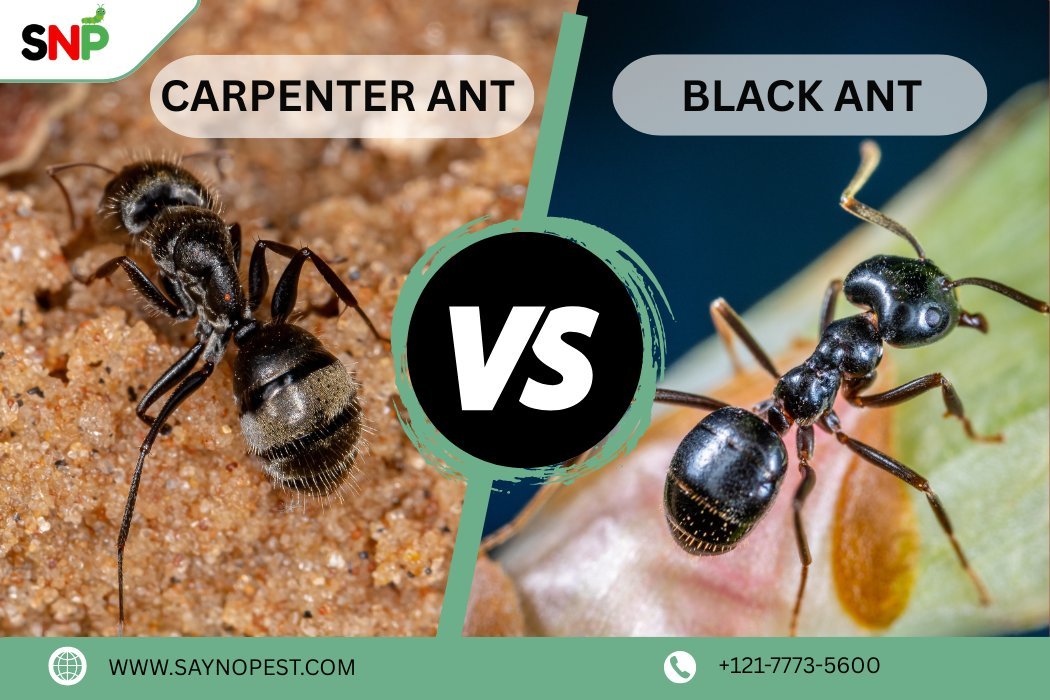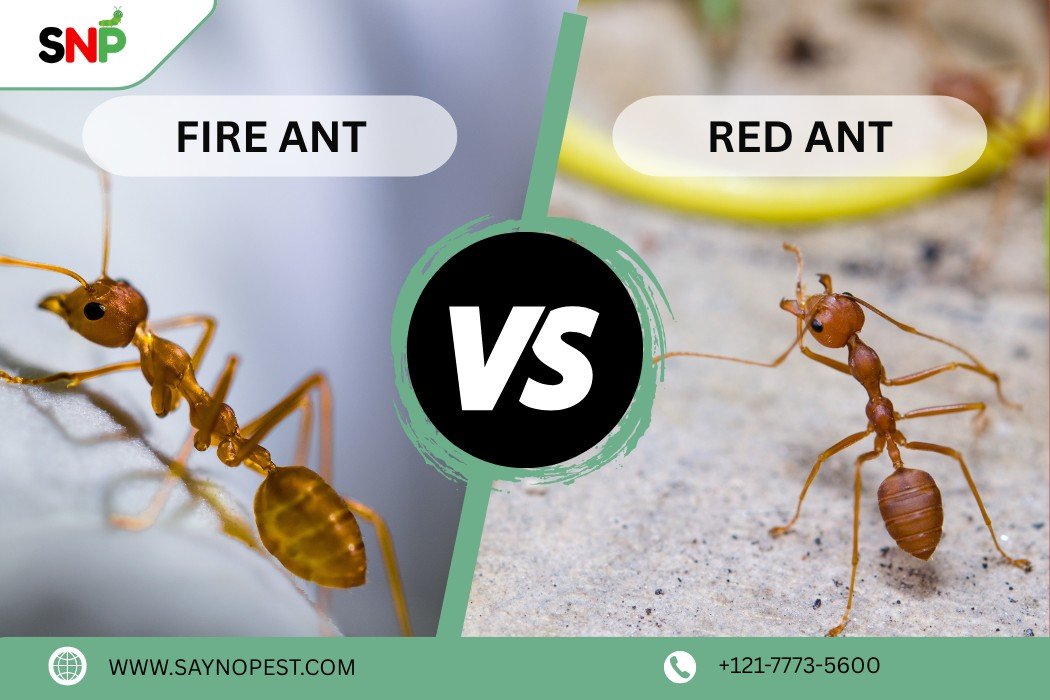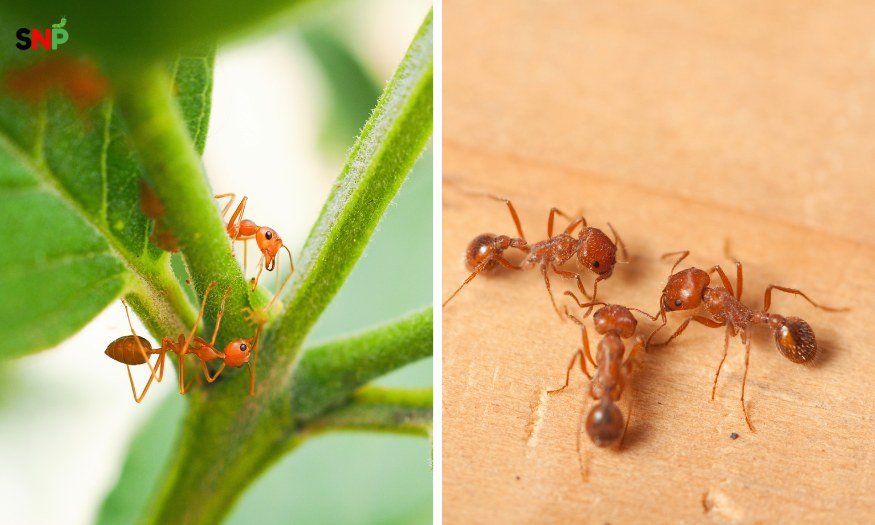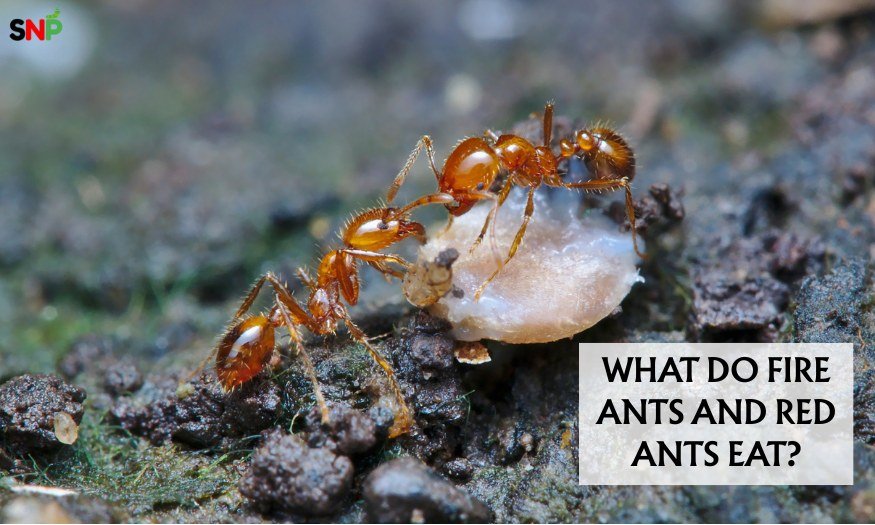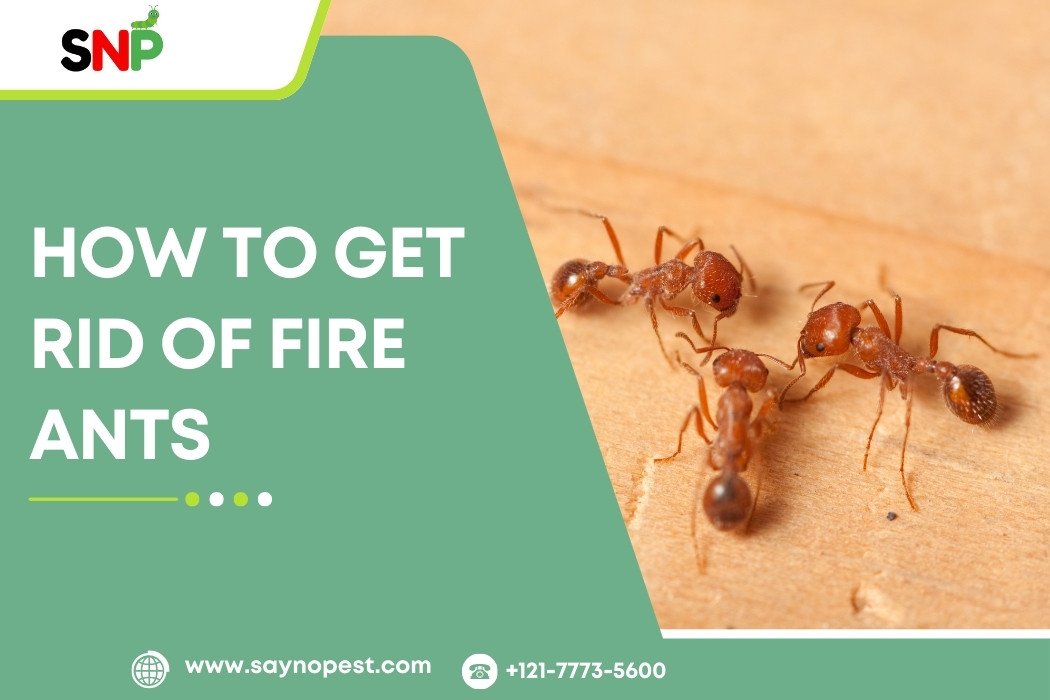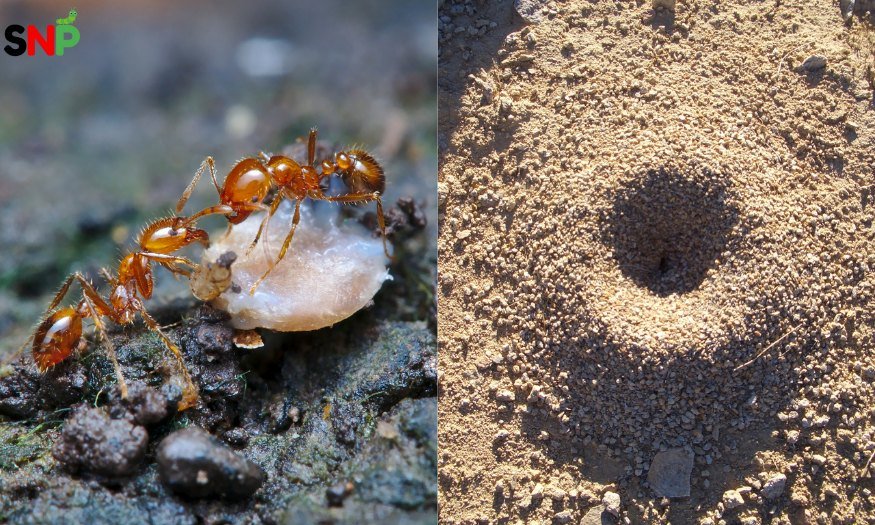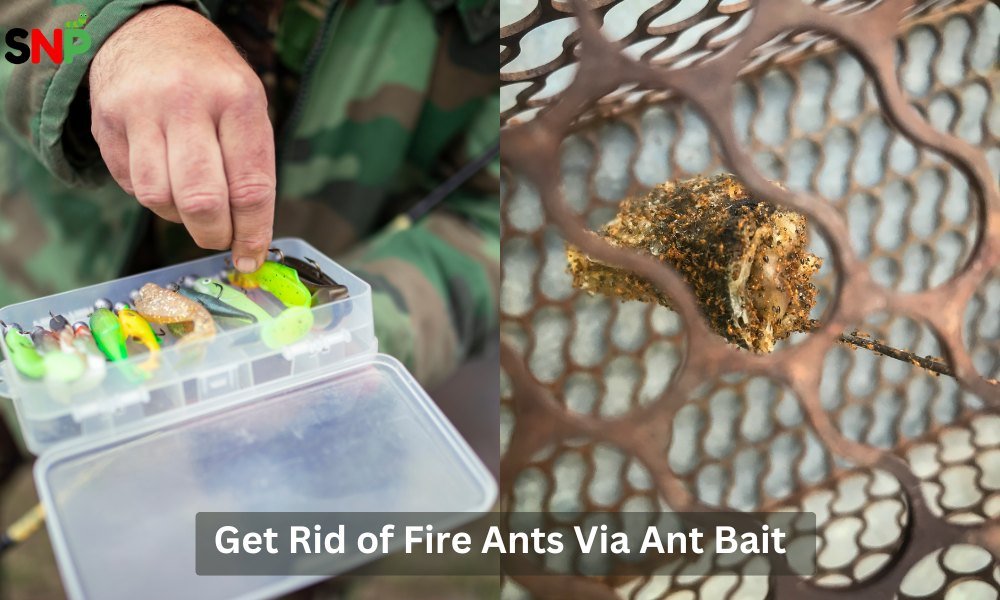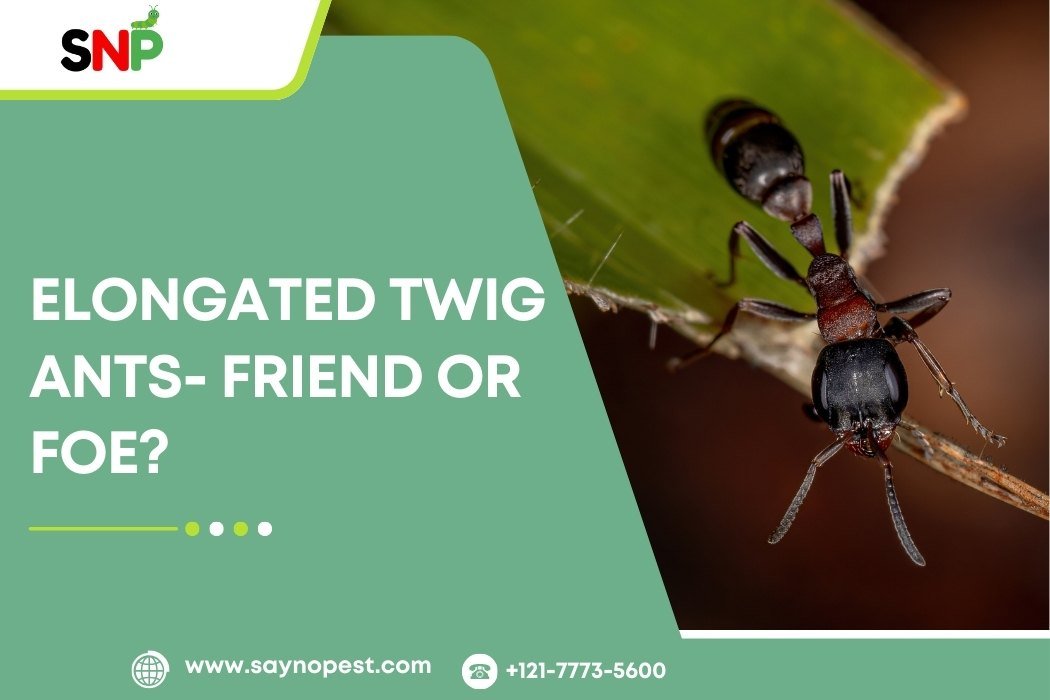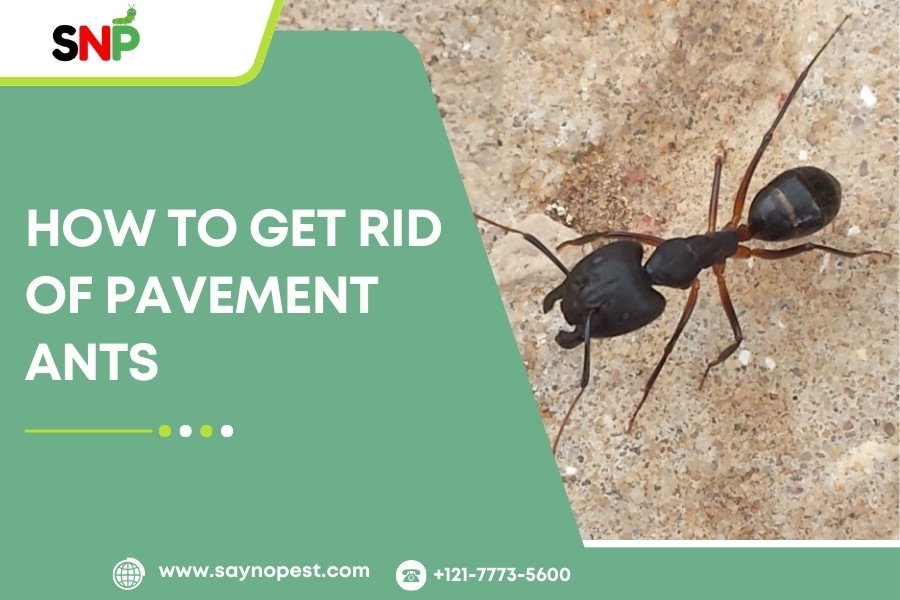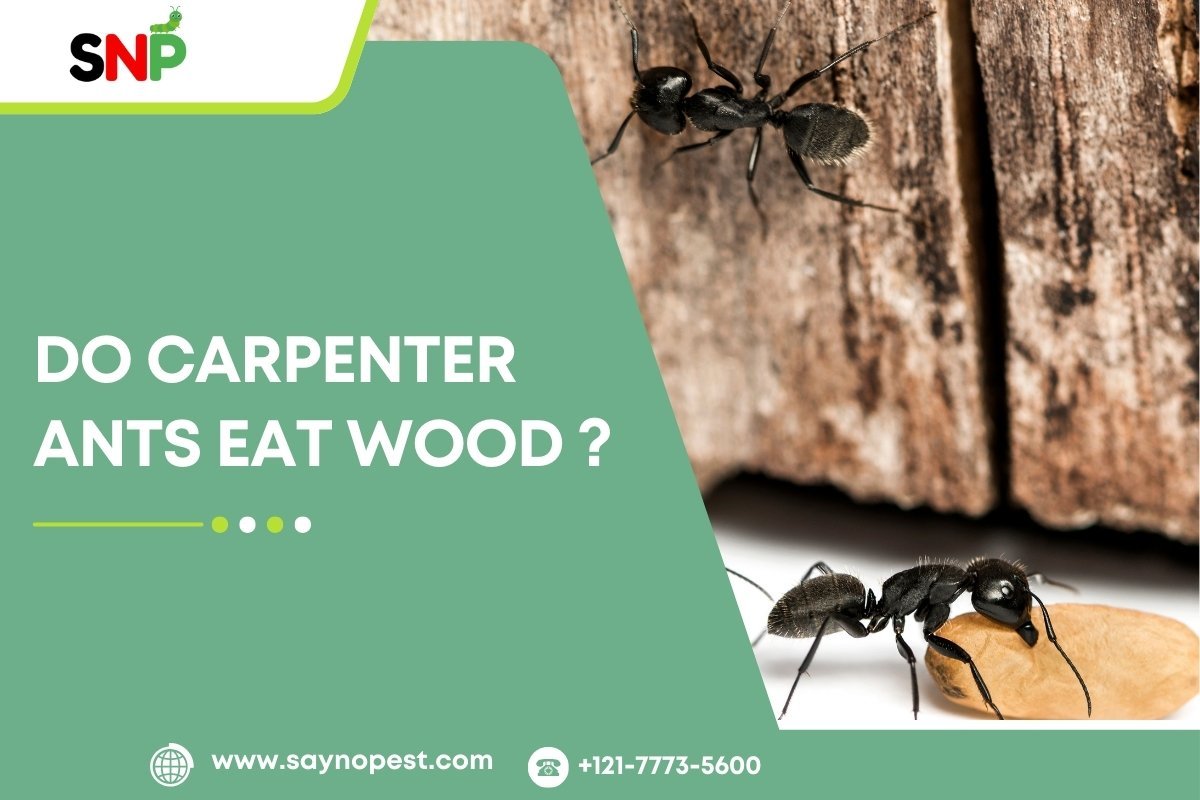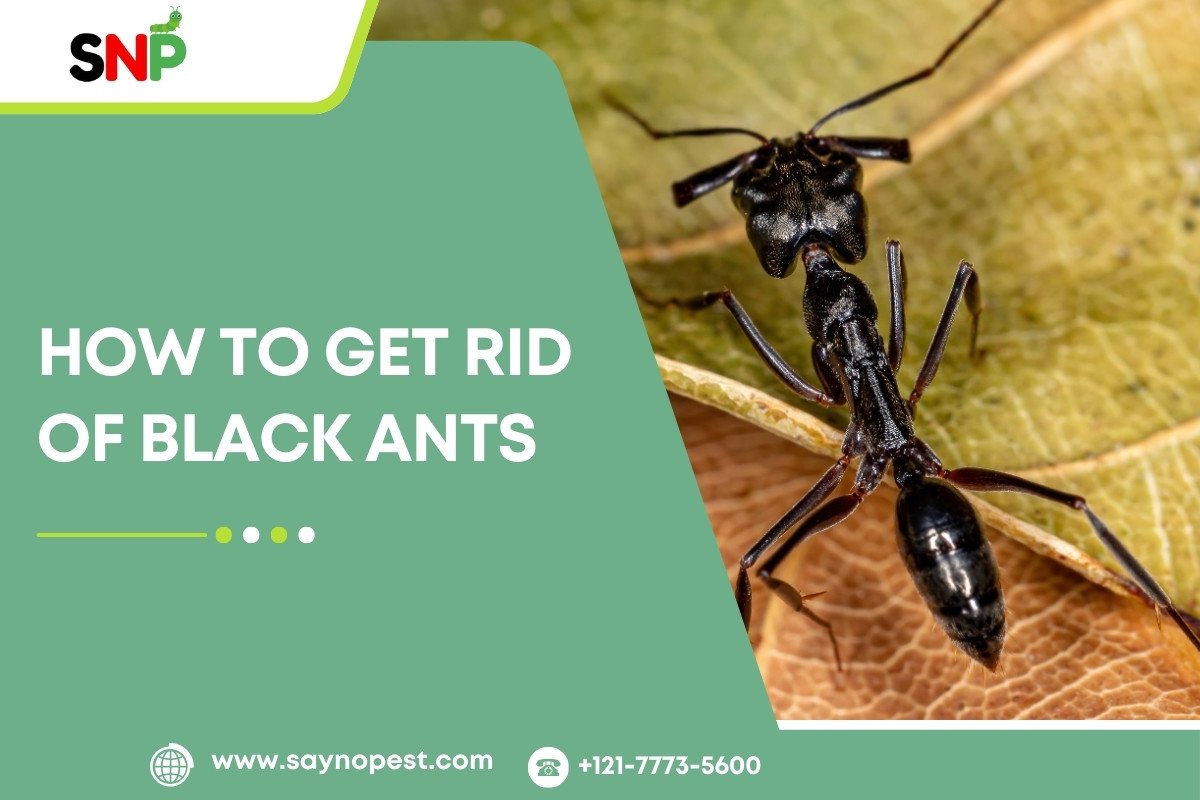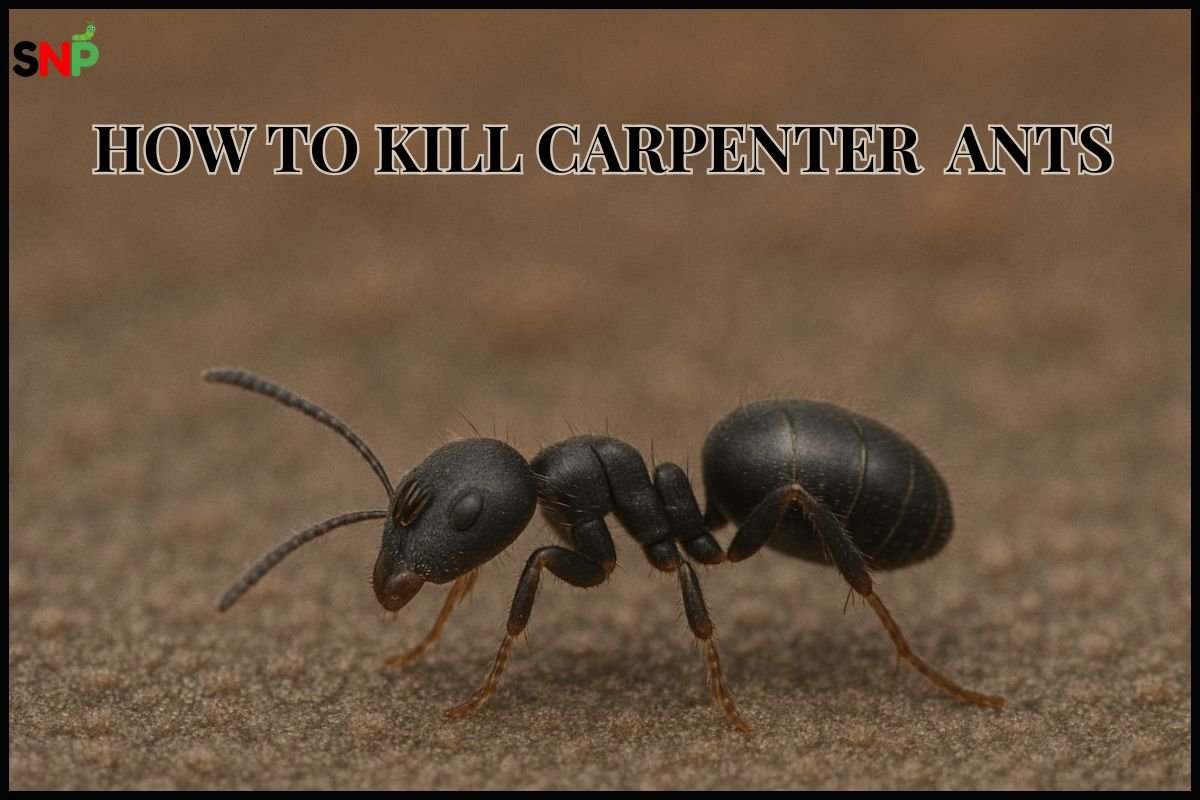California argentine ants originally come from South America. These ants have become an issue for residents not only in the state but in the entire United States as well. They are small and dark-brown and their ability to survive in different habitats makes them one of the most invasive species of the region.
Do they Sting?
People often ask whether ants of the species ‘california Argentine ants’ sting or not!
These are non-stinging ants. Hence, they are different from other ant species. They might attempt to bite you if you bother them, but their bites rarely cause a reaction.
The size of their mandibles is so small that even the most sensitive human skin will not get damaged, so do not expect any painful stings from the California Argentine Ants.
Their aggressive nature is directed only at other insects, so you hardly ever need to worry about them biting.
Tips to Argentine Ant Control

These ants are like cockroaches in their nature, they are extremely difficult to get rid of and they reproduce in a quickly. Below are the tips to prevent argentine ants:
- Seal Entry Points: Seal all cracks, gaps, and places that can be around the windows, doors, etc. This is not only a safe way to keep your home warm and save energy but also to stop the invasion of the insects into your house.
- Eliminate Food Sources:
- Put food into containers that cannot be penetrated by air and clean any spills on the spot.
- Regularly cleaning of the countertops, mopping the floor, and emptying the trash can, will help to remove any smell that may be there to attract the california argentine ants.
3. Remove Water Sources: Make sure that there is good drainage around your house. These ants find moisture and water to invade your house.
Use Ant Baits: Set ant baits along the ant trails. Baits work better than sprays!
4. Avoid Spraying Trails: Use the baits as well as non-repellent insecticides for long-term results.
5. Maintain Cleanliness: Dispose off yard debris and the maintain cleanliness of the yard and give no place for ants to hide.
6. Professional Help: It would be more effective to call a professional pest control who knows well about this issue.
Stick to these steps and you will be able to significantly contribute to your ant control and your home will remain a safe place for you and your family.
Fire Ants vs Argentine Ants

It is very important to be knowledgeable of the features in fire ants vs argentine ants when managing pests. They are quite different from each other in aspects of the behavior and hazardousness to humans.
- Appearance: California argentine ants are small. Fire ants are bigger. But Both of them are red-brown in color.
- Stings: Fire ants sting and bite ruthlessly, due to this they are considered more aggressive. On the other hand, California argentine ants do not sting and they barely bite.
- Habitat: Argentine ants prefer damp areas. Fire ants prefer bright unshaded places and construct big mounds in lawns and fields.
- Colony: Argentine ant colony includes several queens and thus they can reproduce very fast. Fire ants generally have a single queen or few queen colonies, but they are more aggressive and are not very friendly with their neighbors.
- Diet: California argentine ants prefer sweet food, however, fire ants have an omnivorous diet and they eat both plants and animals.
When it comes to fire ants vs argentine ants, homeowners must keep in mind that the california argentine ants are only a nuisance, but fire ants are more dangerous to health because of their painful stings.
Conclusion
Although Argentine Ants do not sting, but their existence creates problem hence there is a need for the control of the argentine ants. You can protect your home and family from these invasive pests by understanding these pests and implementing the most effective control methods.
